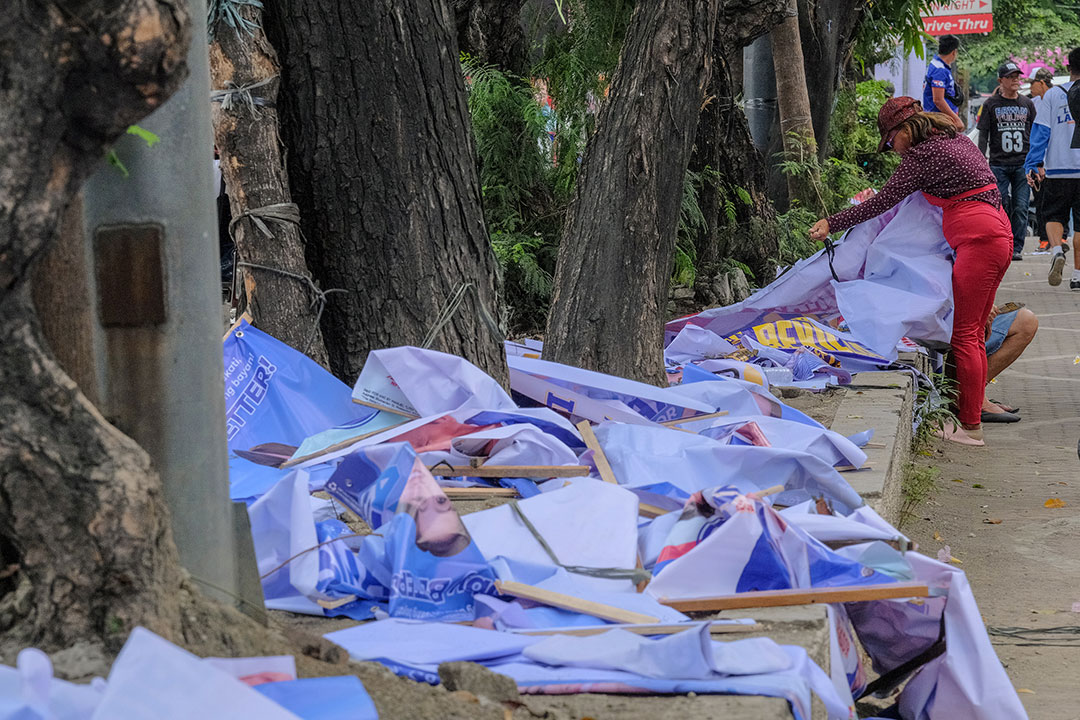MMDA hauls 64.5 tons of election trash in Metro Manila

By Chloe Mari A. Hufana, Reporter
THE Metropolitan Manila Development Authority (MMDA) hauled 64.5 tons of trash from campaign materials in the National Capital Region (NCR) alone, including tarpaulins and posters, according to the Commission on Elections (Comelec).
The figure is expected to rise in the coming days as clearing operations continue nationwide, Comelec Chairman George Erwin M. Garcia said on Tuesday.
“Throughout Metro Manila, the MMDA said they have collected 64.5 tons of campaign materials,” he told reporters in Filipino after inspecting a garbage collection site in Payatas, Quezon City. “That’s just the beginning. The total amount hasn’t been gathered yet.”
Comelec’s Task Force Baklas is carrying out the cleanup in coordination with the MMDA and local government units. The task force is also monitoring compliance with post-election regulations, such as the five-day window from May 12 to take down materials.
Mr. Garcia reminded candidates of their responsibility to remove their campaign paraphernalia. Otherwise, they face criminal charges before they take office on June 30.
“Being a responsible campaigner is very important,” he said. “If you were the one who put those up, you should also be the one to take them down.”
“It’s disheartening when candidates just forget about them, especially if they didn’t win. Whether you win or lose, you should remove your campaign materials, especially if what you used is nonbiodegradable,” he added.
He sounded the alarm over the toxicity levels of some election materials, citing a study by the environmental watchdog EcoWaste Coalition, which found some campaign posters registered 700 parts per million (ppm) of hazardous substances — seven times higher than the acceptable safety threshold of 100 ppm.
“The lowest they found was 200 ppm, still higher than the average toxicity threshold of 100,” Mr. Garcia said. “It means that if those kinds of materials are used or just end up somewhere carelessly, it puts children at risk, it endangers the elderly, and it harms the residents of the community itself.”
Comelec earlier urged candidates and political parties to use recyclable and ecofriendly materials in their campaign as part of its green election initiative.
It banned the use of campaign propaganda that is not made from cloth, paper, cardboard and other recyclable materials.
It also banned single-use plastics, Styrofoam, flex materials and hazardous substances commonly used during election activities, encouraging the use of reusable items such as food and beverage containers and energy-efficient lighting and sound systems during campaign rallies and events.
Candidates were likewise advised to produce banners and other materials using biodegradable, reusable or sustainable local alternatives such as natural fabrics, recycled paper and compostable plastics.
More than 55 million Filipinos, representing 81.65% of registered voters, participated in the May 12 elections, the highest voter turnout for any midterm elections in the country’s history.



